Property moves with the times
 |
| The southern hub’s property outlook has nose-dived, but is a recovery just around the corner? |
At the moment, outstanding loans for real estate, securities and consumption tally up to VND431,000 billion ($20.8 billion), equivalent to 18.7 per cent of total outstanding loans. The figure for total outstanding real estate loans is estimated at VND228,000 billion ($11 billion).
Because the government has drastically limit and reduce loans for property businesses, the property market has fallen dormant. This is especially true for the high-end apartment segment across the nation. And the southern city and provinces such Ho Chi Minh City, Binh Duong and Dong Nai have suffered the most.
In a bid to promote sales and recover investment capital, realty enterprises in the south are offering promotional packages and incentives such as reducing sales prices and providing loans for house purchases. In Ho Chi Minh City, Happy Plaza project are offering discounts of 17 per cent on initial prices while buyers of The Everich have to pay only 30 per cent of a unit’s total value with the rest to be paid after the apartments are handed over to buyers. Most buyers in the southern hub are purchasing mid-range apartments priced between VND11-16 million ($531-$772) per square metre.
Transactions of high-end apartments priced at more than $1,500 per square metre come to a standstill while supply is still increasing. According to CBRE, new supply in the first quarter reached 40,621 units from 79 projects, including 13,847 high-end units, 17,228 mid-range units, and 9,546 units at the lower end. The total number of apartments in the secondary market is about 120,000 units. This huge supply has placed heavy pressure on the Ho Chi Minh City’s property market, especially in the luxury and high-end apartment segments.
As a result, listed companies tilling this field have been strongly affected – and this is particularly true for companies such as Phat Dat Real Estate Development (DPR), Hoang Quan Consulting-Trade-Service-Real Estate Company (HQC), Sacomreal (SCR), Development-Investment-Construction Joint Stock Corporation (DIG) Hoang Anh Gia Lai Group (HAG) and Licogi 16 (LCG).
However, only PDR focuses on apartment development while other realty companies are concentrating on and benefiting from selling land plots, which were obtained with low compensation levels. HAG’s business plan remains stable as it had acquired land long time ago at low costs.
Song Da Urban and Industrial Park Investment and Development Company (SJS) and Tu Liem Urban Development (NTL) are among the biggest developers in Hanoi. NTL’s 2010 business result was similar to that in 2009 while SJS’s revenue last year fell 35.7 per cent year on year. SJS sold almost no new products and its 2010 revenue derived mostly from products launched in 2009.
In 2010, the Hanoi property market could be clearly differentiated by segment, especially when it came to apartments. Apartments priced below VND30 million ($1,450) per square metre in the west of Hanoi sold well but purchase of high-end units priced at more than $1,500 per square metre was slow.
In April this year, the market started seeing drops in price at several apartment projects. For example, units in Ecopark’s Palm Forest project were discounted from 12 per cent against initial offering prices and at Times City there was a 5 per cent price cut against initial offering prices. These are clear signs of a downturn in Hanoi’s high-end apartment market.
In the first quarter of this year, Hanoi added around 23,000 new apartments, pushing the total current apartment stock in the capital’s secondary market to more than 100,000 units. The supply of land also increased with the launches of a number of new urban area projects. With at least 244 property projects covering a total of 9,500 hectares under construction at this time, Hanoi’s property market will see a huge increase in supply over the next few years.
Both Hanoi’s and Ho Chi Minh City’s retail estate markets are faced with a lack of retail space in their central business districts (CBD) and an oversupply of retail developments in non-CBD areas.
However, in Ho Chi Minh City, the increase in retail supply in non-CBD areas is weaker than in Hanoi. The capital’s western zone is now threatened with retail space oversupply as a result of a series of large-scale retail developments including Keangnam Landmark Tower, Grand Plaza and Royal City coming online.
Hanoi’s total retail space by the end of the first quarter was 104,481sqm, or 11.8 per cent lower than the previous quarter as a result of the close of Trang Tien Plaza. Meanwhile, average vacancy rose to 12.5 per cent and rents were up 3.9 per cent on 2009 rates.
In Ho Chi Minh City, total retail space at the first quarter was 352,790sqm, a rise of more than 15,000sqm on figures for the previous quarter with retail developments including the Parkson Paragon and Thien Son Plaza going online. The average vacancy rate, meanwhile, was stable at 6.7 per cent.
Retail rents in several developments were lower than those at the end of 2010 and people are saying the retail property market might suffer the same slump experienced by other property segments in Ho Chi Minh City.
Hanoi and Ho Chi Minh City are both facing up an office oversupply and pressure to reduce rents, with this pressure much higher in Ho Chi Minh City. The vacancy rate for office buildings in the southern hub rose up to 17.6 per cent in the first quarter of 2011 and supply will continue increasing as buildings such the Bitexco Financial Tower and The Flemington come online.
Ho Chi Minh City’s total available office space for 2011 is estimated at 1.7 million square metres.
In Hanoi, there was only a slight increase in available office space for lease in the CBD last year. But office space for lease in non-CBD areas rapidly increased with the opening of buildings including Geleximco Hoang Cau and Crown Plaza.
At present, the total office for lease space in all categories in the capital is 763,348sqm and more than 383,000sqm is expected to go online this year. An oversupply is expected in Hanoi’s office lease market, especially for office developments in the western area of the city. The current average vacancy rate for the Grade A segment is 9.6 per cent and Grade B 18.7 per cent and these rates are expected to increase given the gloomy market outlook.
Difficulties in Ho Chi Minh City’s property market are placing a huge burden on realty companies, especially on enterprises which focus on developing apartments. Among the top 10 listed realty companies, PDR and SCR will be the most heavily affected. Other companies such DIG, LCG, HAG, HQC can overcome their difficulties and reach the targets they set early this year.
Realty enterprises in Hanoi can also reach their planned growth as their revenues mainly stem from transferring land plots in urban area projects. The main revenue of SJS, for example will come from its Nam An Khanh and Van La-Van Khe new urban areas. And NTL’s revenue will flow from its various urban area projects.
In addition to the above popular listed realty companies, property companies as Vietnam Construction & Import-Export Corporation (VCG) and PetroVietnam Construction Corporation (PVX) will achieve large turnover and profits.
For VCG it is the high prices of their Splendora project which will lead to profits. PVX, on the other hand, will see big profits from selling products in Dolphin Plaza, CT10-11 Van Khe new urban area and Suoi Hai tourism area.
The average debt to equity ratio of the top 10 listed realty companies on the Vietnamese stock market is 76.8 per cent. VIC is ranked number one and has the highest debt to equity ratio: 167.8 per cent, followed by SCR (166 per cent) and PDR (112 per cent). Some companies even did not rely on loans as NTL (0 per cent), DIG (23 per cent), ITA (39 per cent) and LCG (48 per cent). Enterprises with a high debt to equity ratio will face higher risks. However, in the case of VIC, most of their loans come from long-term bonds and convertible bonds so the risks to VIC are low.
What the stars mean:
★ Poor ★ ★ Promising ★★★ Good ★★★★ Very good ★★★★★ Exceptional
 Tag:
Tag:
Related Contents
Latest News
More News
- Apartment hikes hint at speculation return (April 09, 2024 | 10:14)
- Infrastructure focus sets stage for real estate bonanza (April 03, 2024 | 10:14)
- Nam Long Group maintains top ten position in real estate investment ranking (April 03, 2024 | 08:00)
- Hospitality and real estate sectors strive for sustainable growth (March 29, 2024 | 16:12)
- Gamuda Land starts construction of Eaton Park (March 28, 2024 | 16:40)
- New land law could entice Viet Kieu home (March 27, 2024 | 18:00)
- Binh Duong to capitalise on rising real estate interest (March 27, 2024 | 15:41)
- SPX inks agreement with Frasers Property (March 26, 2024 | 12:33)
- Developers hunt for land availability (March 20, 2024 | 10:06)
- Social housing needed to boost capital in real estate (March 19, 2024 | 10:38)



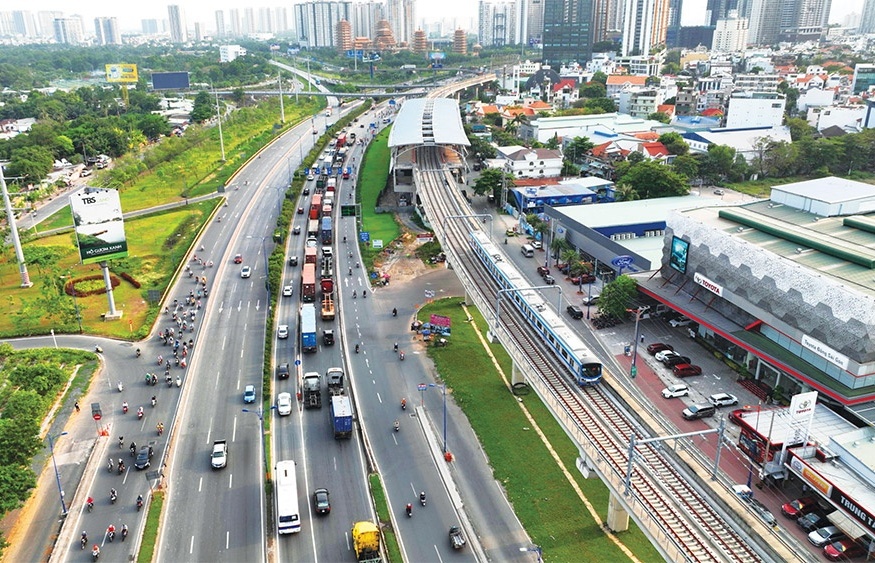

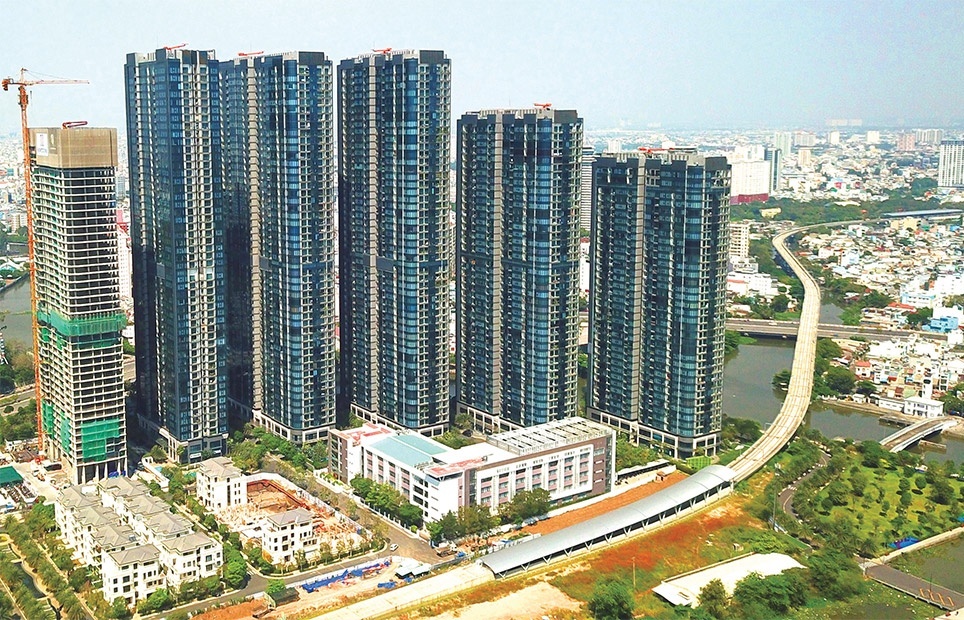

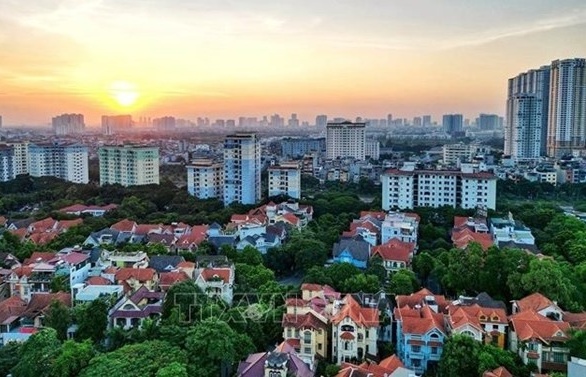

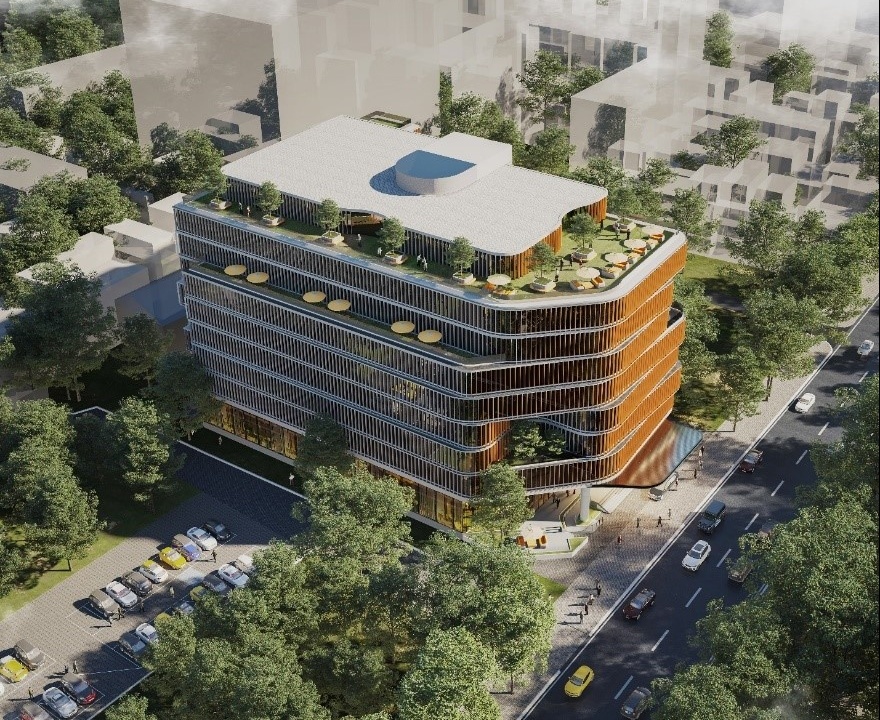

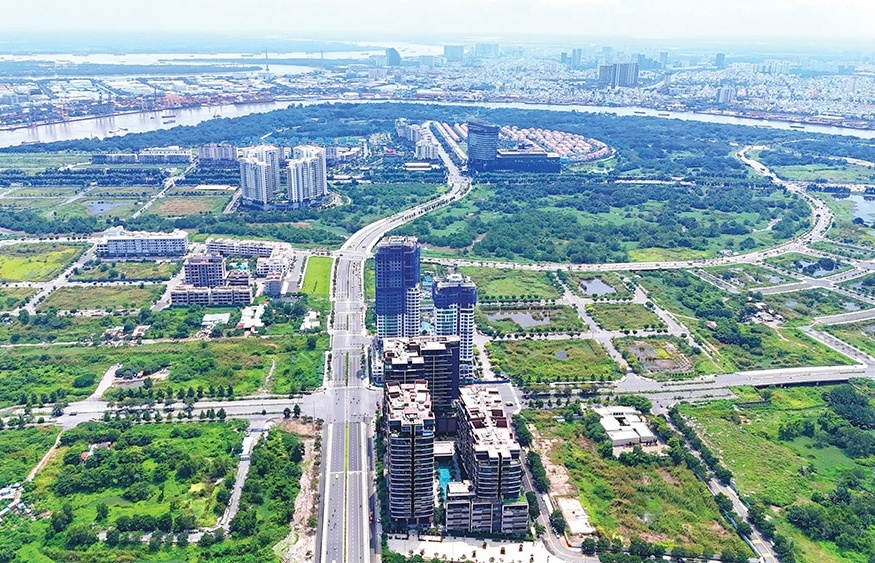
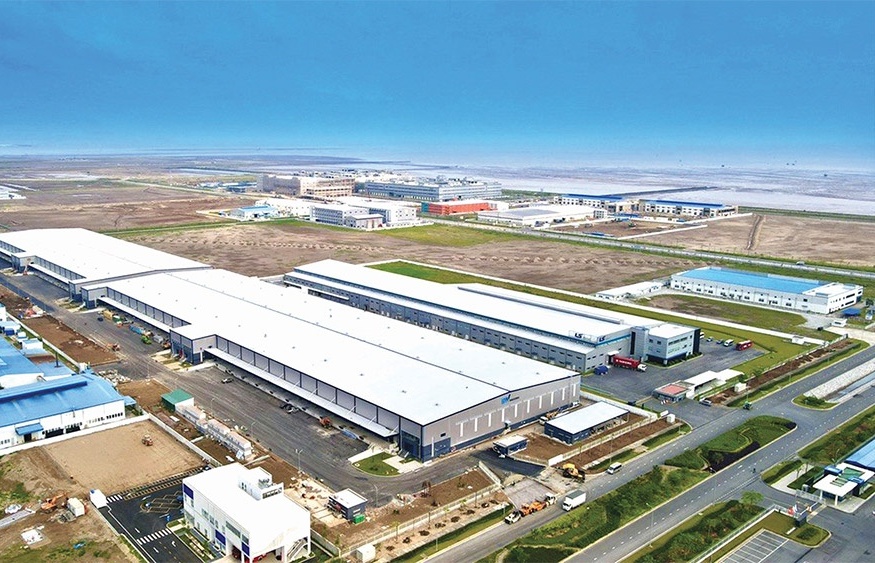
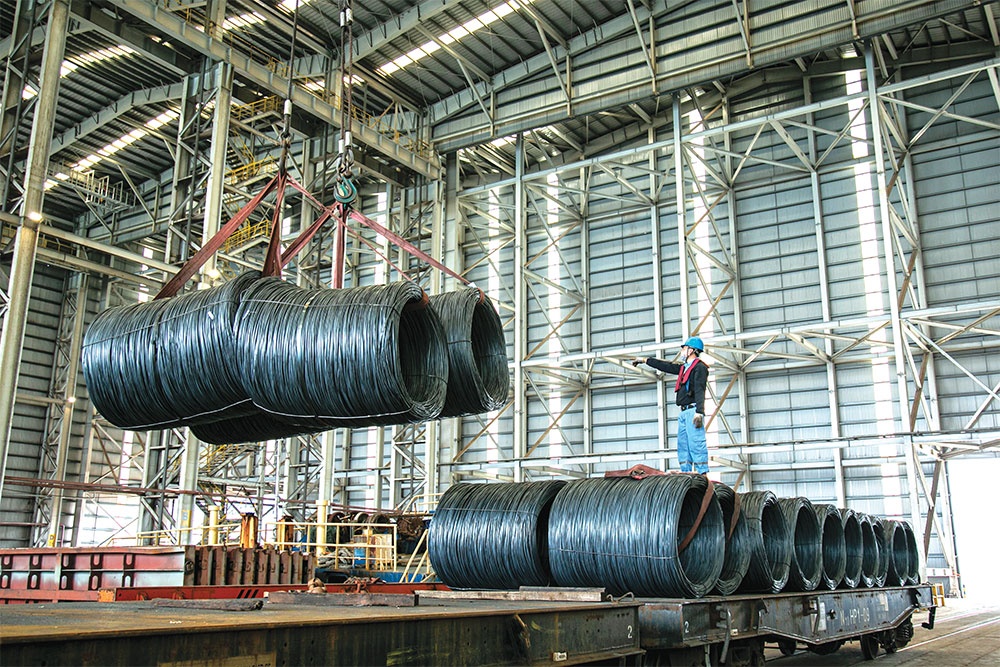
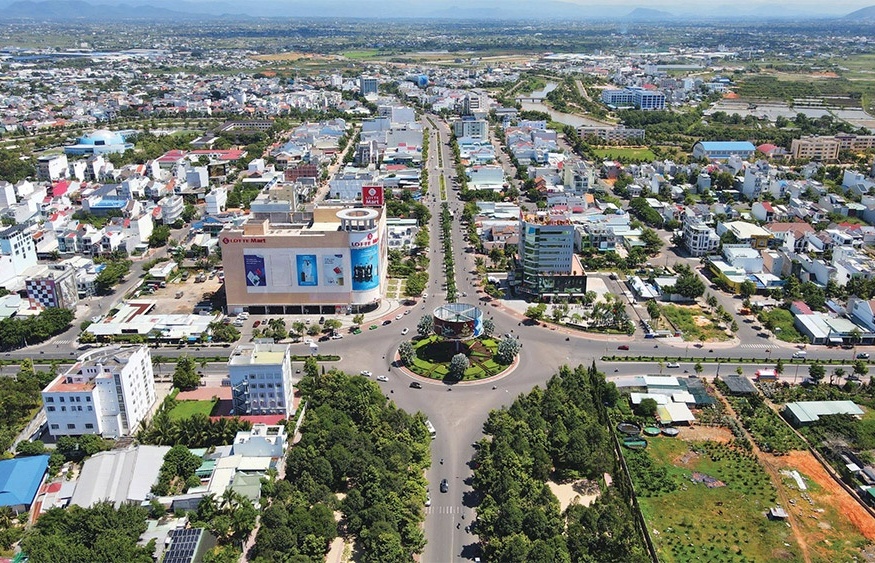








 Mobile Version
Mobile Version